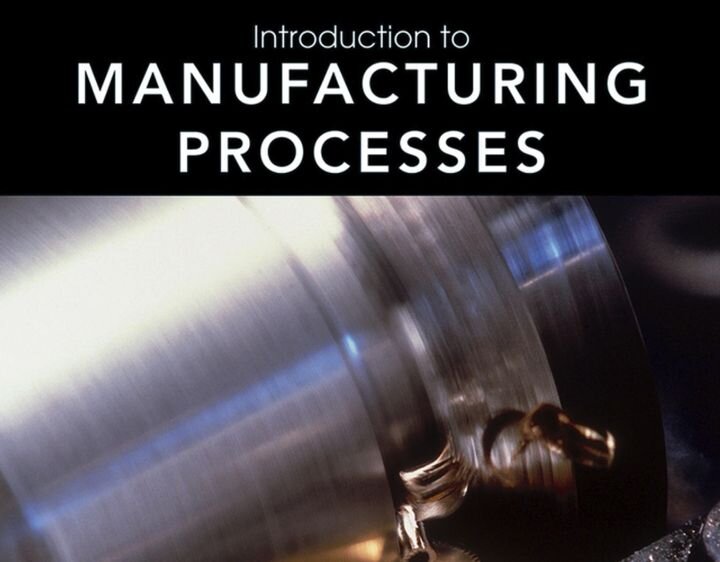![Introduction to Manufacturing Processes [Source: Amazon]](https://fabbaloo.com/wp-content/uploads/2020/05/image-asset_img_5eb05067a11da.jpg)
This week’s selection is “Introduction to Manufacturing Processes” by Mikell Groover.
Manufacturing Processes
In this publication we spend many words discussing aspects of 3D printing, but in truth the technology is simply a method of manufacturing. In fact, it’s one of many manufacturing methods and is often more powerful when combined with other making processes.
What are those other processes? I’m sure you’ve heard of several or even many, but the fact is there are perhaps hundreds of different techniques for making objects, and more are being invented every week.
This book provides a comprehensive introduction to most of the common manufacturing methods, as well as providing an introduction to basic manufacturing concepts. In other words, for those deep into 3D printing, this is a window into the rest of the major manufacturing technologies.
Overview of Manufacturing
The book commences with an overview of manufacturing in general, including materials, basic processes such as assembly and processing, and a look at some of the machines used to manufacture objects. Four classes of materials are examined: metals, ceramics, polymers and composites.
These materials are examined with respect to the basic engineering properties, which are also explained. Concepts such as compression, tensile strength, hardness and thermal aspects are discussed. Surface textures, dimensions and tolerances are defined.
List of Manufacturing Processes
After this basic introduction, the book proceeds through a long series of manufacturing categories and discusses multiple making methods in each. The categories covered include:
-
Metal casting
-
Glassworking
-
Polymer shaping
-
Powder metallurgy
-
Ceramic processing
-
Deformation processes
-
Sheet working
-
Metal forming
-
Metal machining
-
Machine tools
-
Grinding
-
Heat treatments
-
Welding
-
Surface processing
-
Brazing and similar
-
Mechanical assembly
-
Microfabrication
-
And of course, rapid prototyping
The book discusses a number of topics related to the planning of manufacturing processes, which is at least as important as the details of each making process. This includes aspects of quality control, cell manufacturing, lean production, facilities, support systems, and much more.
While it is clearly impossible for anyone to be an expert in all of these technologies, it is possible to at least know about them and their basic concepts. I believe this is important knowledge for 3D printer workers of today, who increasingly exist within manufacturing operations.
3D Printed Jigs & Fixtures In Manufacturing
One of the more important applications of 3D printing in recent years has been the rapid production of jigs and fixtures. These are non-production parts that assist the manufacturing process. Perhaps they enable easy grasping of a part by a robot, or help perfectly position a part during manual assembly. Manufacturers are keenly interested in jigs and fixtures because they can dramatically increase the throughput and quality of a manufacturing process.
3D printer providers may wish to better understand manufacturing processes in order to better identify possible applications of 3D printing within those processes. This book can help one understand them.
Via Amazon

